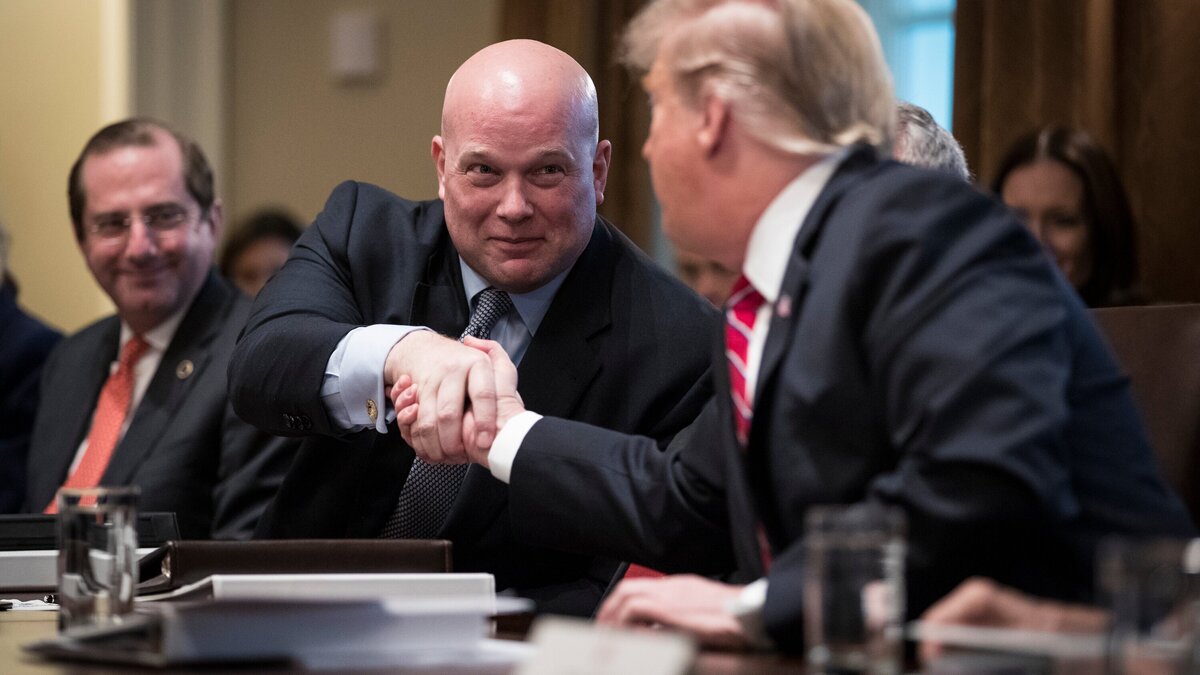Trump’s second phase of NATO extortion

The forced agreement of NATO members to allocate 2% of their GDP to collective security costs has not deterred the controversial U.S. President from escalating his demands. As the NATO foreign ministers’ meeting in Turkey approaches, Matthew Whitaker, the new U.S. representative to the Atlantic Alliance, announced the Trump administration’s intent to raise defense spending to 5% of member states’ GDP. The White House’s extortion of NATO’s European members shows no signs of abating.
Some senior NATO members warn that Trump’s insistence on this new demand could distort the alliance’s internal dynamics, undermining its security effectiveness against potential and actual threats. Despite this, there is no indication of the White House backing down from this demand at present.
In 2023, amid the second year of Russia’s full-scale war against Ukraine, NATO leaders agreed to allocate at least 2% of their GDP to defense budgets. However, with the reduced likelihood of escalating conflict or new wars, some European countries argue for retreating even from this 2% commitment. So far, 22 of NATO’s 32 members have met this target, while countries such as Belgium, Canada, Croatia, Italy, Luxembourg, Montenegro, Portugal, Slovenia, and Spain have failed to allocate 2% of their GDP to collective security costs.
In this context, an additional 3% increase in spending is deemed impossible and likely to trigger widespread crises within NATO. European security and strategic analysts have repeatedly emphasized that Trump’s demand for increased military spending is unattainable.
At the NATO summit scheduled for June 25 in The Hague, a new target is expected to be set. Analysts note that achieving a 5% allocation would require an unprecedented level of investment. U.S. officials justify this controversial demand by arguing that these costs encompass not only missiles, tanks, and artillery but also mobility, critical infrastructure, and cybersecurity.
NATO Secretary-General Mark Rutte, from the Netherlands, has attempted to simplify the issue by distinguishing between “hard” and “soft” costs. However, this effort is unlikely to persuade European NATO members to accept Trump’s new extortion.
Rutte expects leaders to reach a target of “3.5% for hard military spending” and “1.5% for soft military spending, such as investments in infrastructure and cybersecurity,” totaling Trump’s desired 5% by 2032. Yet, this expectation is also considered unfeasible by NATO members. Simplifying transatlantic relations is far from straightforward!